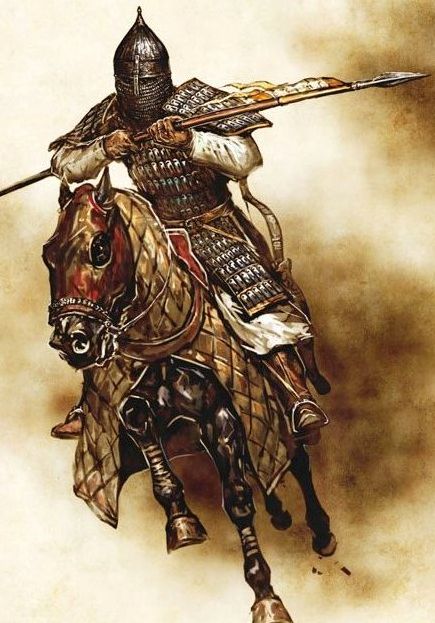Bismillah,
The 8th century Hijri (1300 CE – 1397 CE) was a time of both challenge and revival in the Islamic world.
Following the devastation of the Mongol invasions and the fall of Baghdad in the previous century, the Ummah began to heal and rebuild.
This period was marked by the preservation of knowledge, the rise of reformist scholars, and the flourishing of new centers of learning and leadership.
Despite the political fragmentation of the Muslim world, Islamic scholarship continued to thrive and evolve, with scholars addressing the social and spiritual needs of their communities through teaching, writing, and leadership.
Key Historical Context
• Post-Mongol Recovery: After the destruction caused by the Mongol invasion in the 7th century Hijri, the 8th century marked a gradual rebuilding of institutions, cities, and intellectual life.
• Mamluk Dynasty: The Mamluks ruled Egypt and the Levant, continuing to defend the Muslim world against Crusader remnants and Mongol threats. Cairo remained a significant hub for scholarship.
• Delhi Sultanate in India: The spread of Islam in South Asia accelerated, with major scholarly and Sufi developments taking place in the Indian subcontinent.
• Andalusian and Maghrebi Influence: Islamic culture in Al-Andalus (Spain) and North Africa continued to shape thought, literature, and philosophy.
Key Figures of the 8th Century Hijri:
1. Ibn Taymiyyah (661–728 AH / 1263–1328 CE)
• A towering scholar and reformer known for his revivalist efforts.
• He called for a return to the Qur’an and Sunnah, challenged innovations (bid‘ah), and emphasised independent reasoning (ijtihad).
• His teachings influenced later scholars and reform movements.
2. Ibn Qayyim al-Jawziyyah (691–751 AH / 1292–1350 CE)
• A student of Ibn Taymiyyah, known for his deep spiritual writings and legal thought.
• His works combined rational clarity with spiritual depth, addressing the heart and the intellect.
3. Ibn Kathir (701–774 AH / 1301–1373 CE)
• A renowned historian and Qur’an exegete (mufassir), best known for his Tafsir Ibn Kathir and Al-Bidaya wa’l-Nihaya (a comprehensive history of the world from an Islamic perspective).
4. Al-Dhahabi (673–748 AH / 1274–1348 CE)
• A prominent Hadith scholar and historian, known for his biographical works like Siyar A‘lam al-Nubala’, documenting the lives of scholars and righteous figures across centuries.
Key Accomplishments & Developments:
• Revival of Hadith Studies: A renewed interest in the preservation and authentication of Hadith emerged, with major compilations and evaluations of narrators.
• Legal and Spiritual Reform: Scholars tackled societal corruption, emphasizing justice, piety, and adherence to the fundamentals of faith.
• Education & Madrasah Systems: Institutions of learning continued to expand, especially in Damascus, Cairo, Fez, and Delhi.
Challenges of the Time
• Political Instability: Disunity and regional conflicts persisted in many Muslim lands.
• External Threats: The Crusades had not fully ended, and the Mongol presence still loomed in some regions.
• Sectarian and Theological Debates: Differences in interpretation led to intellectual tensions, though many scholars engaged in sincere efforts to unify understanding.
Legacy of the 8th Century Hijri
The 8th century laid the groundwork for future revival movements.
Its legacy is preserved in the books, teachings, and spiritual wisdom of its scholars.
It was a period that taught the Ummah to rise after trials, to seek truth through knowledge, and to hold firmly to faith during times of change.
Explore more historical insights, timeless lessons, and spiritual reflections at UmmahInspired.com — where we revive the past to enrich the present.
